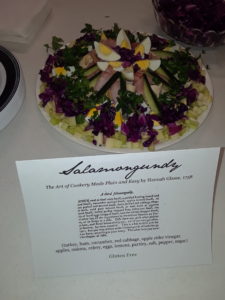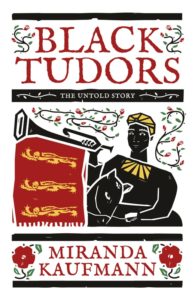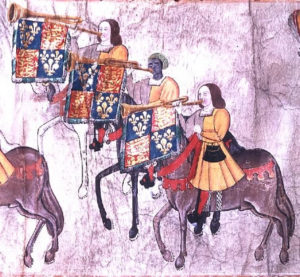I did it again. I went on Abebooks and bought another volume of the Illustrated London News I discovered another poor, abandoned volume of a nineteenth-century newspaper, sitting in a corner, crying piteously, so of course, I had to adopt it. I mean, how could I leave it there, out in the cold, with nobody to cherish it?!?! And so I… um… adopted it. 🙂
In truth, it’s a volume I’ve been trying to hunt down for quite some time. The last time it became available at a decent price, I waited too long and somebody snatched it up before me. But this time, I got lucky. And now it’s ALL MINE!!!
As always, it’s an utter delight to leaf through the volume. There are so many things to discover! The ads alone are extremely intriguing. (At this point in time – 1845 – ads were still text based, rather than illustrated, because of the tax on ads. I talked about this in my last post here.)
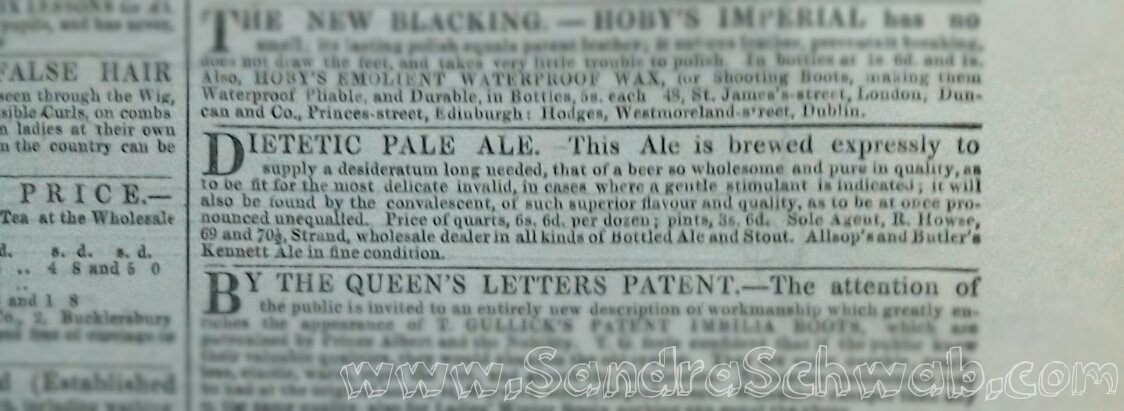 Dietetic pale ale? Who would have thought this was a thing!
Dietetic pale ale? Who would have thought this was a thing!
And remember when I talked about Victorian street food? Well, it would appear that the West India pineapples that were sold in London’s streets in 1845 weren’t such a big hit…
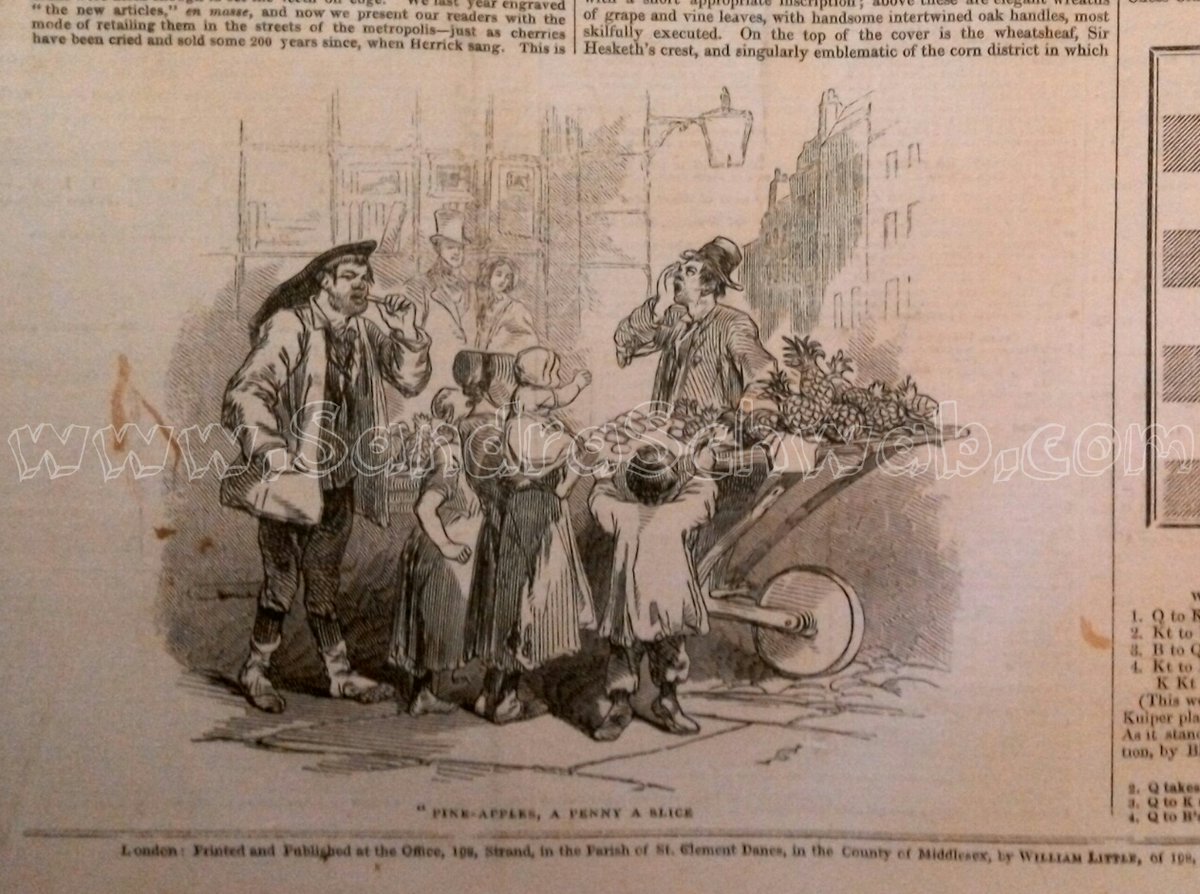 In the illustration you can see the kind of handcart from which street vendors would sell their wares. This pineapple seller has a very simple cart; those who sold soup or coffee would have had much more sophisticated carts, with heaters to keep their wares warm.
In the illustration you can see the kind of handcart from which street vendors would sell their wares. This pineapple seller has a very simple cart; those who sold soup or coffee would have had much more sophisticated carts, with heaters to keep their wares warm.
From time to time, nineteenth-century periodicals would also include sheet music – the kind of song that would have been suitable for a young woman to perform at an evening entertainment in order to show off her singing voice and her skills on the piano. These songs were often quite sentimental like this example from the issue of 25 October 1845. It’s called “My Writing Desk” – which is the place where people would have kept letters they received from family and dear friends. And this is exactly what this song is about.
The first stanza reads:
My writing desk is the home of my treasure,
My desk is the shrine of my care;
Oh! all I have loved beyond measure
Have left me some dear relics there,
Have left me some dear relics there.
The dry leaves of long perish’d flowers,
Whose perfume has lingered behind,
Have made them as sweet as the hours
Those dear relics bring to my mind.
Awwwwwwww!!!!!
This volume is the second bi-annual volume of 1845, meaning it will most likely include a Christmas special. I haven’t yet looked because I’m kind of keeping the December issues as a special pre-holiday treat.



